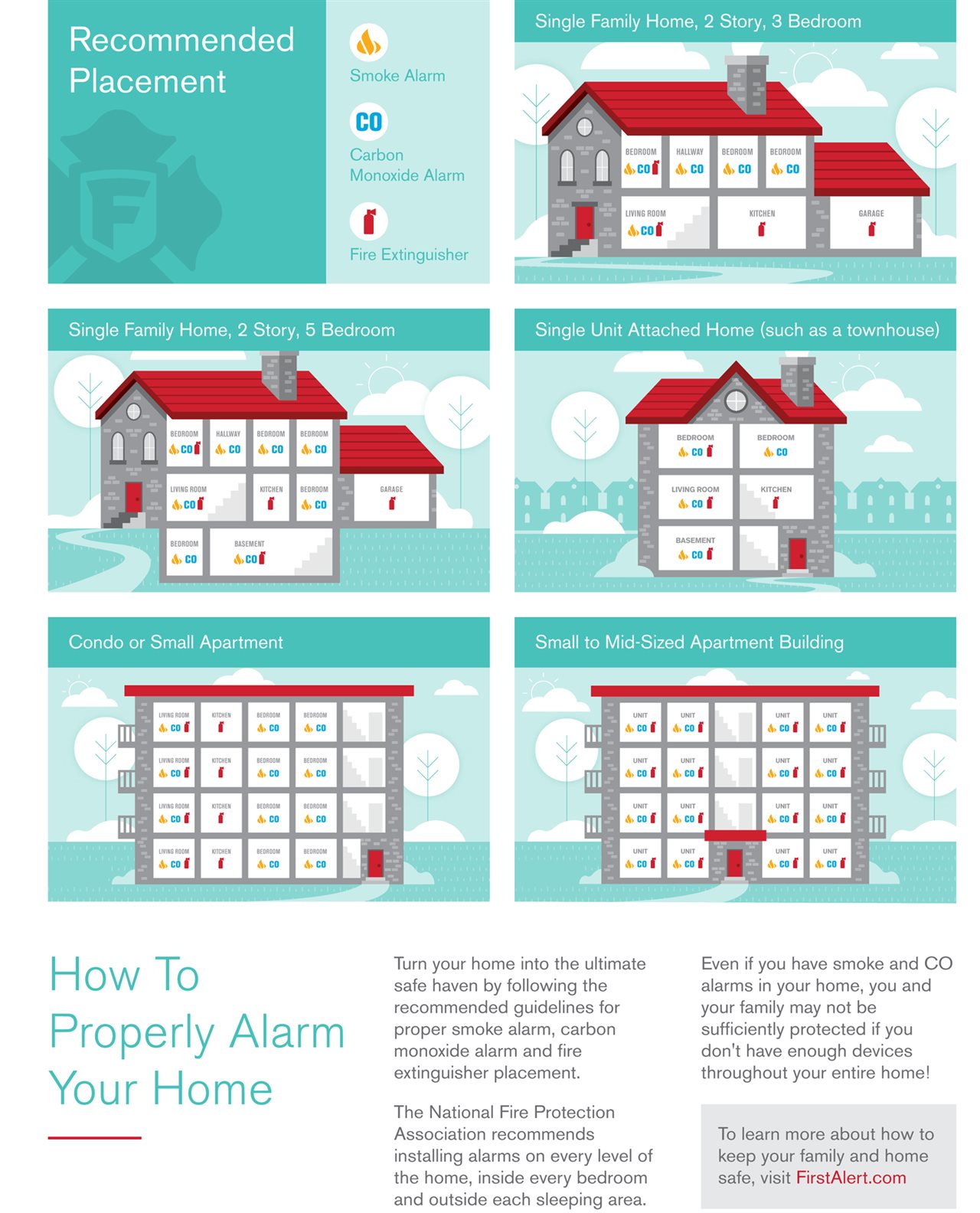2020-04-27T08:01:00
(BPT) – Sarah Sitarski has endured life with migraine for about 27 years. During these years, she was misdiagnosed and prescribed different medications that didn’t work. As a mother of an active 10-year-old daughter and a manager in a busy work environment, Sarah needed a treatment option that allowed her to manage her unpredictable migraine attacks by giving her the timely relief she needed.
If you’ve ever experienced a migraine, you’re not likely to forget it. While the exact causes are unknown, a migraine attack may last for days, and the impact may be felt physically, emotionally, personally and professionally for much longer. Symptoms such as headache pain, sensitivity to sound and light, and nausea can be incapacitating.1
During these uncertain times, the need for migraine treatment hasn’t changed. Migraine attacks can strike anytime, anywhere — so it’s important to have a treatment option with a side-effect profile that allows individuals to take medication when and where they need it.
UBRELVY™ (ubrogepant) is a new oral treatment option that has been FDA-approved for the acute treatment of migraine with or without aura in adults. It is not indicated for the preventive treatment of migraine. It treats migraine attacks once they start. UBRELVY was proven to quickly treat migraine within 2 hours in many patients. It’s important to note that people taking medications that strongly inhibit the enzyme called CYP3A4 should not take UBRELVY. Some of the most well-known examples include select drugs that treat bacterial, viral, and fungal infections. In clinical trials, the most common adverse reactions observed were nausea at 4% and sleepiness at 3%. UBRELVY is a promising new medication that may address unmet needs of millions of people living with migraine.
“As someone living with migraine since childhood, I clearly remember the ups and downs and the endless research to find the best treatment to relieve my migraine pain,” said Sarah, who was recently prescribed the new medication. “Now that UBRELVY is available, I’m so happy I have an effective treatment option that works for me and others living with the debilitating effects of migraine attacks. It relieves my pain quickly, and I look forward to spending more uninterrupted time with my daughter.”
Migraine impacts three times more women than men and leads to more than $12 billion in lost worker productivity annually.2,3 As the third most common disease and second leading cause of disability worldwide, migraine is more common than you may think, affecting 31 million Americans.4-6 And during a time when many people are feeling an increased level of stress and anxiety, known triggers of migraine among other factors, individuals living with migraine may be experiencing more migraine symptoms than usual.
Healthcare providers and people living with migraine have a toolbox of medications to treat a migraine attack when it occurs, which includes over-the-counter (OTC) medications, triptans, barbiturates, opioids, and NSAIDs, among others. According to market research polling 300 respondents with migraine, individuals on average take 19 pills per month for migraine (combination of OTC medications and prescriptions).7
According to one study of people living with migraine, 67% report delaying or avoiding taking their prescription medication when a migraine attack occurs because of the debilitating adverse events they experience from the treatment.8 This is one key reason there continues to be a need for new medications for those living with migraine.
A New Way to Treat Migraine Attacks
Based on years of clinical trials proving safety, efficacy and tolerability, the FDA’s approval of UBRELVY has been highly anticipated by the migraine community, including patients like Sarah.
UBRELVY was proven in two clinical studies with over 2,000 participants. These studies evaluated several outcomes at two hours after taking one dose of the medication. These outcomes included pain freedom (zero pain), absence of their most bothersome migraine symptom (light/sound sensitivity or nausea) and pain relief. Over 60% of people got pain relief within two hours, and 2 out of 5 had absence of their most bothersome symptom within two hours. For some patients, the medication also provided lasting relief up to 24 hours. In clinical trials, the most common adverse reactions observed were nausea at 4% and sleepiness at 3%.
UBRELVY has been approved in two dose strengths, 50 mg and 100 mg, and is specifically designed so healthcare providers can provide a personalized treatment approach for appropriate patients.
People living with migraine should speak to their healthcare provider to learn more about their symptoms and determine if UBRELVY may be right for them. You can learn more about the medication and resources, including the full Patient Information and options for telehealth support, at www.UBRELVY.com.
INDICATION
UBRELVY™ (ubrogepant) is indicated for the acute treatment of migraine with or without aura in adults. UBRELVY is not indicated for the preventive treatment of migraine.
IMPORTANT SAFETY INFORMATION
Contraindication: Concomitant use of strong CYP3A4 inhibitors (eg, ketoconazole, itraconazole, clarithromycin).
Adverse Reactions: The most common adverse reactions were nausea (4% vs 2% placebo) and somnolence (3% vs 1% placebo).
Drug Interactions:
- Strong CYP3A4 Inducers: Should be avoided as concomitant use will result in reduction of ubrogepant exposure.
- Dose modifications are recommended when using the following:
- Moderate or weak CYP3A4 inhibitors and inducers
- BCRP and/or P-gp only inhibitors
Please see full Prescribing Information.
[1] Pietrobon D, Moskowitz MA. Pathophysiology of migraine. Ann Rev Physiol. 2013; 75:365-91.
[2] Agosti R. Migraine burden of disease: from the patient’s experience to a socio-economic view. Headache. 2018;58(Suppl. 1):17–32.
[3] Hawkins K, Wang S, Rupnow MFT. Indirect Cost Burden of Migraine in the United States. J Occup Environ Med. 2007;49(4):368-374. doi:10.1097/jom.0b013e31803b9510
[4] Headache Classification Subcommittee of the International Headache Society. The International Classification of Headache Disorders, 3rd edition. Cephalalgia. 2018;38(1)1-211.
[5] Institute for Health Metrics and Evaluation (IHME). Findings from the Global Burden of Disease Study 2017. Seattle, WA: IHME, 2018.
[6] Buse D, et al. Chronic migraine prevalence, disability, and sociodemographic factors: results from the American Migraine Prevalence and Prevention Study. Headache. 2012; 52(10):1456–1470
[7] Data on file. Allergan, Inc.
[8] Gallagher RM, Kunkel R. Headache 2003;43:36-43.
UBRELVY™ and its design are trademarks of Allergan Pharmaceuticals International Limited.
UBR132900 04/20













